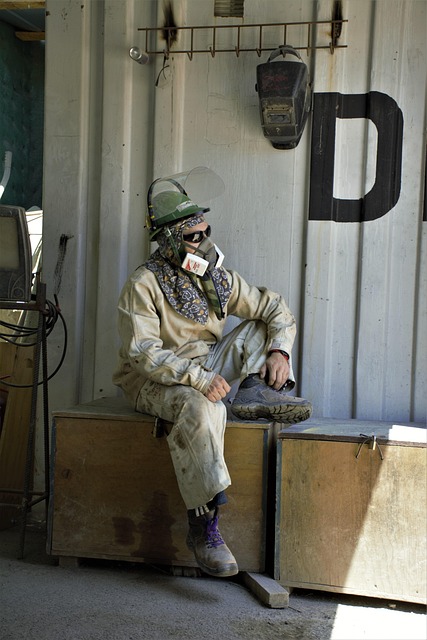The Essential Guide to Work Safety Gear: Protecting Your Eyes and Beyond
In any industrial or construction setting, the importance of proper safety equipment cannot be overstated. Among the various types of protective gear, safety eyewear stands out as a crucial component in safeguarding workers from potential hazards. This article delves into the world of work safety gear, with a particular focus on safety glasses and other forms of eye protection essential for maintaining a secure work environment.

What types of safety glasses are available for industrial use?
Safety glasses come in various styles and designs to cater to different workplace needs. Some common types include:
-
Standard safety glasses: These resemble regular eyeglasses but are made with impact-resistant materials and offer side protection.
-
Goggles: Providing a seal around the eyes, goggles offer superior protection against dust, chemicals, and other airborne particles.
-
Face shields: Used in conjunction with safety glasses or goggles, face shields provide additional protection for the entire face.
-
Welding helmets: Specifically designed for welding tasks, these helmets protect against intense light, sparks, and flying debris.
-
Laser safety glasses: These specialized glasses filter out specific wavelengths of light, protecting eyes from laser radiation.
When selecting safety glasses, it’s essential to consider factors such as the specific hazards present in the workplace, comfort, fit, and any prescription requirements for workers who need corrective lenses.
How do you ensure proper fit and maintenance of safety eyewear?
Proper fit and maintenance are crucial for maximizing the effectiveness of safety eyewear. Here are some key considerations:
-
Fit: Safety glasses should sit comfortably on the face without gaps, allowing for a full range of vision. Adjustable temples and nose pads can help achieve a secure fit.
-
Cleaning: Regularly clean safety glasses with mild soap and water or lens cleaning solution to maintain clarity and prevent scratches.
-
Storage: When not in use, store safety glasses in a clean, dry place to protect them from damage and contamination.
-
Inspection: Regularly check safety eyewear for signs of wear, such as scratches or cracks, and replace them when necessary.
-
Training: Provide workers with proper training on the use, care, and importance of safety eyewear to ensure compliance and effectiveness.
What other types of work safety gear complement eye protection?
While eye protection is crucial, a comprehensive approach to workplace safety involves various other types of protective equipment. Some essential complementary safety gear includes:
-
Hard hats: Protect the head from falling objects and impacts.
-
Hearing protection: Earplugs or earmuffs to guard against noise-induced hearing loss.
-
Respiratory protection: Masks and respirators to prevent inhalation of harmful particles or gases.
-
Gloves: Protect hands from cuts, chemical exposure, and other hazards.
-
Safety footwear: Steel-toed boots or shoes to protect feet from falling objects and provide slip resistance.
-
High-visibility clothing: Reflective vests or jackets to increase worker visibility in low-light conditions or around moving vehicles.
By combining appropriate eye protection with these other forms of safety gear, workers can achieve comprehensive protection against a wide range of workplace hazards.
How do safety standards and regulations impact work safety gear?
Safety standards and regulations play a crucial role in ensuring the quality and effectiveness of work safety gear, including eye protection. Organizations such as the Occupational Safety and Health Administration (OSHA) in the United States and the European Committee for Standardization (CEN) in Europe set guidelines for safety equipment manufacturing and usage.
These standards typically cover aspects such as:
-
Impact resistance
-
Optical clarity
-
UV protection
-
Chemical resistance
-
Flame resistance (where applicable)
Employers must ensure that the safety gear they provide meets or exceeds these standards to maintain compliance and protect their workers adequately. Regular audits and updates to safety protocols are essential to stay current with evolving regulations and best practices in workplace safety.
In conclusion, work safety gear, particularly eye protection, plays a vital role in maintaining a safe and productive industrial environment. By understanding the various types of safety glasses available, ensuring proper fit and maintenance, and complementing eye protection with other essential safety equipment, employers and workers can significantly reduce the risk of workplace injuries. Adhering to safety standards and regulations further enhances the effectiveness of these protective measures, ultimately contributing to a safer and more efficient work environment for all.






